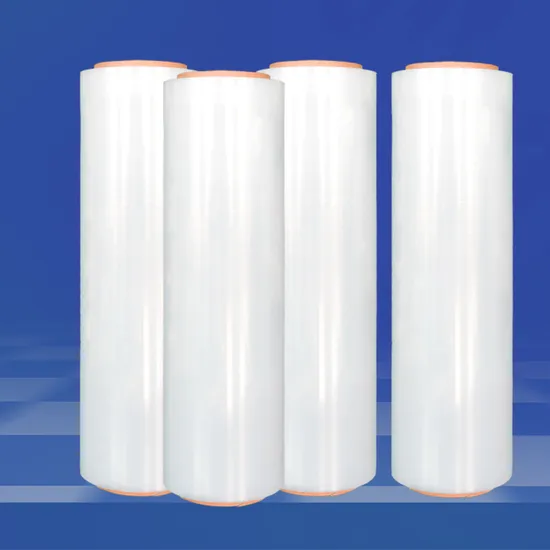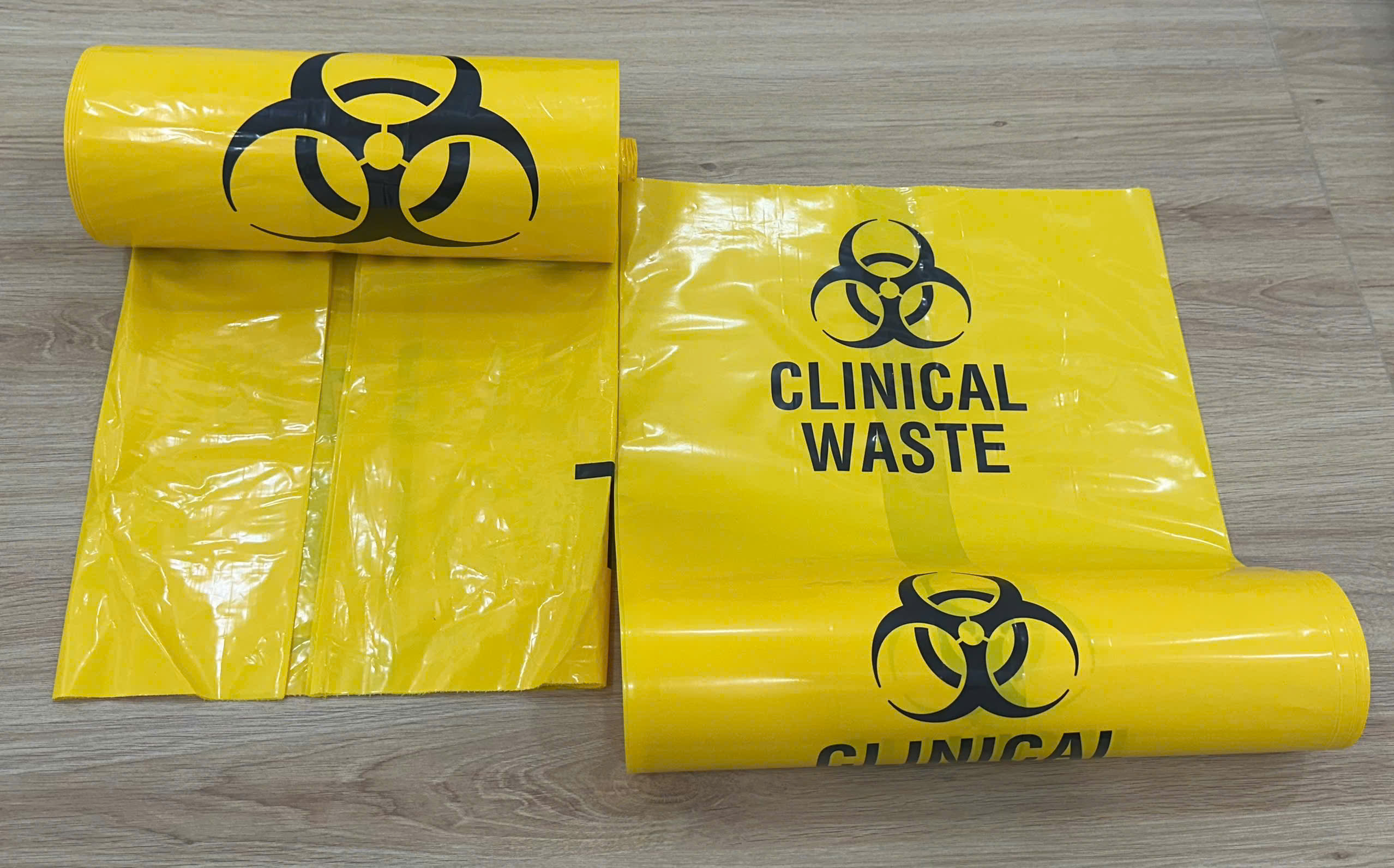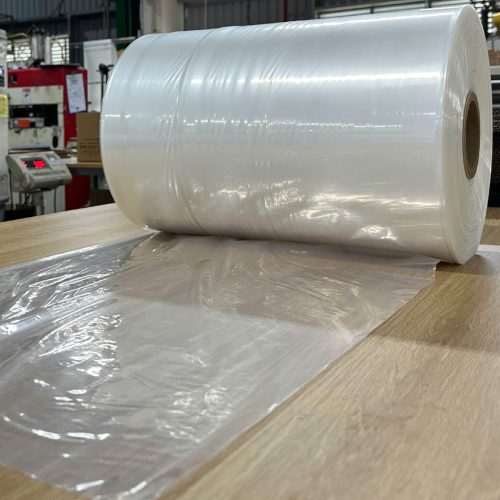Stretch film Vietnam has become a vital part of packaging solutions across various industries, ensuring products are safeguarded during transit and storage. This article delves deep into the aspects of stretch film production and usage in Vietnam, providing insights and expertise to help businesses make informed choices.
Who is Using Stretch Film Vietnam?

The application of stretch film in Vietnam transcends numerous sectors. Understanding who utilizes stretch film can shed light on its significance in the local economy.
1. Manufacturing Sector
In Vietnam’s robust manufacturing industry, stretch film plays a crucial role in protecting goods.
Manufacturers primarily use stretch film to secure pallets of products tightly, minimizing movement during transportation. The film’s elasticity allows it to hug the products closely, reducing the risk of damage.
Additionally, specialized stretch films can provide moisture resistance, making them ideal for products like food or textiles that must stay dry during shipping.
2. Retail Industry
The retail sector employs stretch film extensively for bundling items together, which enhances presentation while also safeguarding them from theft or damage.
Using stretch film enables retailers to create attractive displays by wrapping items in clear plastic that showcases the product while maintaining cleanliness.
Moreover, stretch film’s lightweight nature means that it does not add significant weight to product shipments, thereby reducing logistics costs.
3. Logistics and Warehousing
Logistics companies rely heavily on stretch film to secure freight loads for transport.
In addition to securing individual packages, stretch film is used to stabilize entire pallets, preventing shifting and potential accidents during transportation.
Warehouses utilize stretch film when organizing stock, ensuring that products remain intact until they reach their final destination.
How to Use Stretch Film in Vietnam

While using stretch film seems straightforward, knowing the correct techniques is essential for maximizing benefits.
1. Choosing the Right Type of Stretch Film
Selecting the appropriate stretch film is foundational to its effective usage.
Different types of stretch films serve varying purposes; for instance, there are hand stretch films, machine stretch films, and even pre-stretched varieties.
Hand stretch films are designed for manual application, offering flexibility, while machine stretch films are ideal for automated processes in large warehouses.
2. Preparing the Items for Wrapping
Preparation involves arranging items neatly before application.
When preparing items for wrap, ensure they are clean and dry. This step prevents dirt and moisture from being trapped beneath the stretch film, leading to potential spoilage.
Grouping similar items can improve efficiency and enable better stabilization when wrapping.
3. Techniques for Effective Wrapping
Understanding the technique is key to achieving optimal results.
Begin by anchoring the stretch film to the base of the items. Then, proceed to wrap upwards with an overlapping pattern that covers all surfaces. It’s important to pull the film taut without overstretching, as this may compromise its integrity.
Ensure you cover the corners and edges well, as these areas are susceptible to damage during transport.
Pros and Cons of Stretch Film in Vietnam
Every packaging solution has its advantages and drawbacks; stretch film is no exception.
1. Advantages of Using Stretch Film
The benefits of stretch film make it a popular choice for many.
One significant advantage is its cost-effectiveness. Compared to other packaging materials, stretch film is relatively cheap, allowing businesses to save money without sacrificing quality.
Another benefit is the versatility of stretch film in various applications. From securing palletized goods to bundling smaller items, its adaptability meets diverse needs.
2. Environmental Concerns
Despite its advantages, stretch film has environmental implications that must be considered.
Made primarily from polyethylene, traditional stretch films pose challenges regarding recyclability. However, advancements are underway with eco-friendly formulations that aim to reduce the carbon footprint.
Moreover, improper disposal practices can lead to increased waste and environmental pollution, necessitating awareness and responsible usage among consumers and businesses alike.
3. Potential Limitations
There are limitations to consider when utilizing stretch film.
For instance, stretch film may not be suitable for heavy-duty applications where extreme protection is required. In such cases, alternatives like strapping or corrugated boxes might be more effective.
Furthermore, if not applied correctly, stretch film can fail to serve its purpose, leading to damaged goods and increased operational costs.
Alternatives to Stretch Film in Vietnam
Exploring alternatives can offer businesses a broader perspective on packaging solutions.
1. Shrink Wrap
Shrink wrap is a viable alternative that provides a tight seal around products.
Unlike stretch film, shrink wrap requires heat to conform to the shape of the item. This method offers a tamper-proof seal, enhancing security during shipping.
However, the need for additional equipment and heating processes can increase operational costs.
2. Paper Packaging
Paper-based packaging solutions present an eco-friendly option.
Biodegradable and recyclable, paper packaging reduces environmental impact while still providing adequate protection. However, it lacks the elasticity and strength that stretch film offers, which may limit its effectiveness in certain applications.
3. Bubble Wrap
Bubble wrap provides cushioning and protection against impacts.
Ideal for fragile items, bubble wrap adds a layer of security, but it may require more space than stretch film, potentially increasing transportation costs due to volumetric weight considerations.
Step by Step to Apply Stretch Film in Vietnam
Knowing how to apply stretch film effectively can streamline your packaging process.
1. Gather Your Materials
Before you start, gather the necessary materials, including stretch film, scissors, and a dispenser if available.
Having all your materials at hand will facilitate a smoother workflow and minimize interruptions.
2. Organize the Products
Arrange the products you intend to wrap in a stable configuration.
Creating a neat stack enhances stability, allowing for easier wrapping. Ensure heavier items are placed at the bottom and lighter ones on top to prevent toppling.
3. Start Wrapping
Begin wrapping by anchoring the film at the base of the items.
Continue wrapping in layers, ensuring there is sufficient overlap to reinforce stability. Remember to maintain tension on the film to prevent sagging, which could compromise the protection of the items.
4. Secure the Ends
Once wrapped, secure the ends of the film by tucking them under the wrapped items or using tape to keep everything in place.
This final step ensures that the film maintains its position throughout the transport process.
Tips for Effective Use of Stretch Film in Vietnam
Mastering the art of stretch film application requires a few insider tips.
1. Invest in Quality Film
Opt for high-quality stretch film that offers superior elasticity and durability.
Quality films tend to be more resilient against punctures and tears, protecting your goods more effectively during transit.
2. Consider Customization Options
Explore customization opportunities, such as printed stretch film with branding.
Using customized stretch film can enhance brand visibility and recognition while serving practical purposes.
3. Regular Maintenance of Equipment
If using machines for wrapping, regular maintenance is critical to ensure efficient operation.
Properly maintained equipment leads to consistent wrapping quality and minimizes downtime caused by mechanical failures.
FAQs
1. What is stretch film made of?
Stretch film is primarily composed of linear low-density polyethylene (LLDPE), known for its elasticity and strength.
2. Is stretch film recyclable?
Yes, some types of stretch film can be recycled, but it’s essential to check local recycling guidelines and facilities.
3. Can I use stretch film for outdoor storage?
While stretch film provides some moisture resistance, prolonged exposure to sunlight can degrade its properties. It’s best to use UV-resistant films for outdoor applications.
4. How do I choose the right thickness for stretch film?
The right thickness depends on the weight and type of items being wrapped. Heavier items typically require thicker films for adequate protection.
5. What common mistakes should I avoid when using stretch film?
Common mistakes include over-stretching the film, not securing the ends properly, and failing to prepare items adequately before wrapping.
Conclusion
In conclusion, stretch film has established itself as an indispensable asset within Vietnam’s packaging landscape, bolstered by its versatility and cost-effectiveness. By understanding who uses it, how to apply it effectively, and exploring alternatives, businesses can optimize their packaging strategies. With sustainability issues continuing to gain traction, the evolution of stretch film technology promises to address environmental concerns while maintaining its crucial role in securing products. As Vietnam continues to grow in manufacturing and retail sectors, embracing stretch film will undoubtedly be pivotal for businesses aiming to thrive.
Factory: No 5, Lot CN8.1, Nam Cau Kien Industrial Park, Hoang Dong Commune, Thuy Nguyen District, Hai Phong City, Viet Nam.
Tel/whatsapp:(+84)903 284 939
Ws: http://vnplast.com
Email: [email protected] | [email protected]
Factory: No 5, Lot CN8.1, Nam Cau Kien Industrial Park, Hoang Dong Commune, Thuy Nguyen District, Hai Phong City, Viet Nam.
Tel/whatsapp:(+84)903 284 939
Ws: http://vnplast.com
Email: [email protected] | [email protected]




